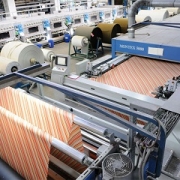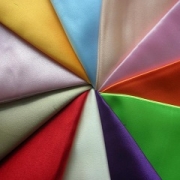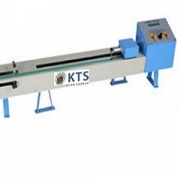
Dyeing literally means dyeing fabric, yarn and.. Dyeing process refers to the process in which yarn, fabric, fibers, clothing, and apparel are placed in containers containing dyes, chemicals, or other natural substances to transfer the desired dye to them. In the dyeing process, the molecules and the fabric are combined with the dye molecules and collide, and the molecules and the fabric become like the components and molecules of the dye.
In this process, the dye is first brought to a certain temperature, and after reaching the desired temperature, dyeing begins by placing the fibers and yarn inside it for a certain period of time. Observing the concentration of dyes as well as its temperature and the duration of the fibers in the tank is very important and has a direct effect on the quality of work.
What is a dye?
In the dyeing process, all natural or chemical substances that change the color of fibers, yarns or fabrics are called dyes. The dye should be chosen so that the yarn, fibers, and dyed fabric do not change color when washed or exposed to sunlight.
What are the differences between printing and dyeing process?
In the printing process, like dyeing, the fabric is dyed, but these two methods of dyeing the fabric are fundamentally different, and the details and how they are done are different. Industrial and traditional dyeing are two methods of dyeing fabrics, fibers and yarns that have been used for many years. In order for the dyeing process to take place, four factors must be involved and present. Without even one of these four factors, this process remains incomplete and does not end.
These four factors are: dyes, fibers, fabrics or yarns for dyeing, auxiliary chemicals and dyeing machines that do this. The materials used for dyeing can be of chemical or natural origin, ie they may be derived from natural plant extracts or made from industrial materials.
How many styles and types of dyeing process is made?
Dyeing can be done in three different styles. Clutter, knot, and catazome printing are three well-known and important styles in this process, each of which is done in different ways. Dyeing should be done in any style. There should be a set of tools, for example, the presence of a ladle, thermometer, stirrer and special glassware is essential. Auxiliary materials such as alum salt, ammonia and water are also required and without them the dyeing process remains incomplete.












Leave a Reply
Want to join the discussion?Feel free to contribute!